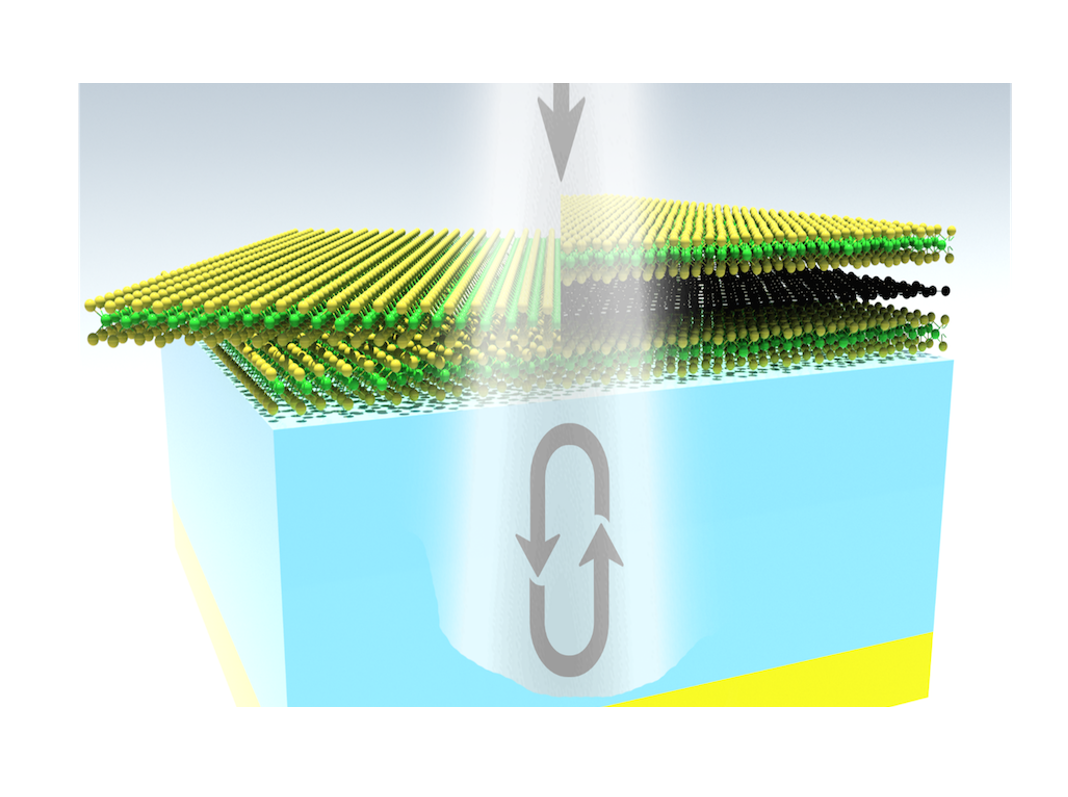Realization of a perfect light absorber in two-dimensional homobilayer by reducing interlayer interaction
Nanofabrication approaches for realizing perfect light absorbance in two-dimensional homobilayer materials

Applications
- Secure optical communications
- Photodetectors
- Photovoltaics
- Stealth materials
Technology Overview
Near-perfect light absorbers (NPLA) with absorbance of at least 99%, have a wide range of applications ranging from energy and sensing devices to stealth technologies and secure communications. Current approaches for fabricating NPLAs require complex and expensive nanofabrication approaches. Researchers at the University of Minnesota have developed multiple nanofabrication approaches that rely on straightforward fabrication approaches to significantly decrease the complexity and cost of fabricating NPLAs. This is accomplished with a simple single mirror cavity structure using a two-dimensional homobilayer with reduced interlayer interaction either by introducing a twist angle or inserting a buffer layer.
Phase of Development
TRL: 2-3Proof-of-concept
Desired Partnerships
This technology is now available for:- License
- Sponsored research
- Co-development
Please contact our office to share your business’ needs and learn more.
Press Releases
UMN College of Science & Engineering Research Brief 8/1/2023Researchers
- Tony Low, PhD Professor, Department of Electrical and Computer Engineering
- Steven Koester, PhD Professor, Department of Electrical and Computer Engineering
-
expand_more library_books References (1)
- Seungjun Lee, Dongjea Seo, Sang Hyun Park, Nezhueytl Izquierdo, Eng Hock Lee, Rehan Younas, Guanyu Zhou, Milan Palei, Anthony J. Hoffman, Min Seok Jang, Christopher L. Hinkle, Steven J. Koester, Tony Low (2023), Achieving near-perfect light absorption in atomically thin transition metal dichalcogenides through band nesting, Nature Communications, 14, 3889
-
expand_more cloud_download Supporting documents (1)Product brochureRealization of a perfect light absorber in two-dimensional homobilayer by reducing interlayer interaction.pdf